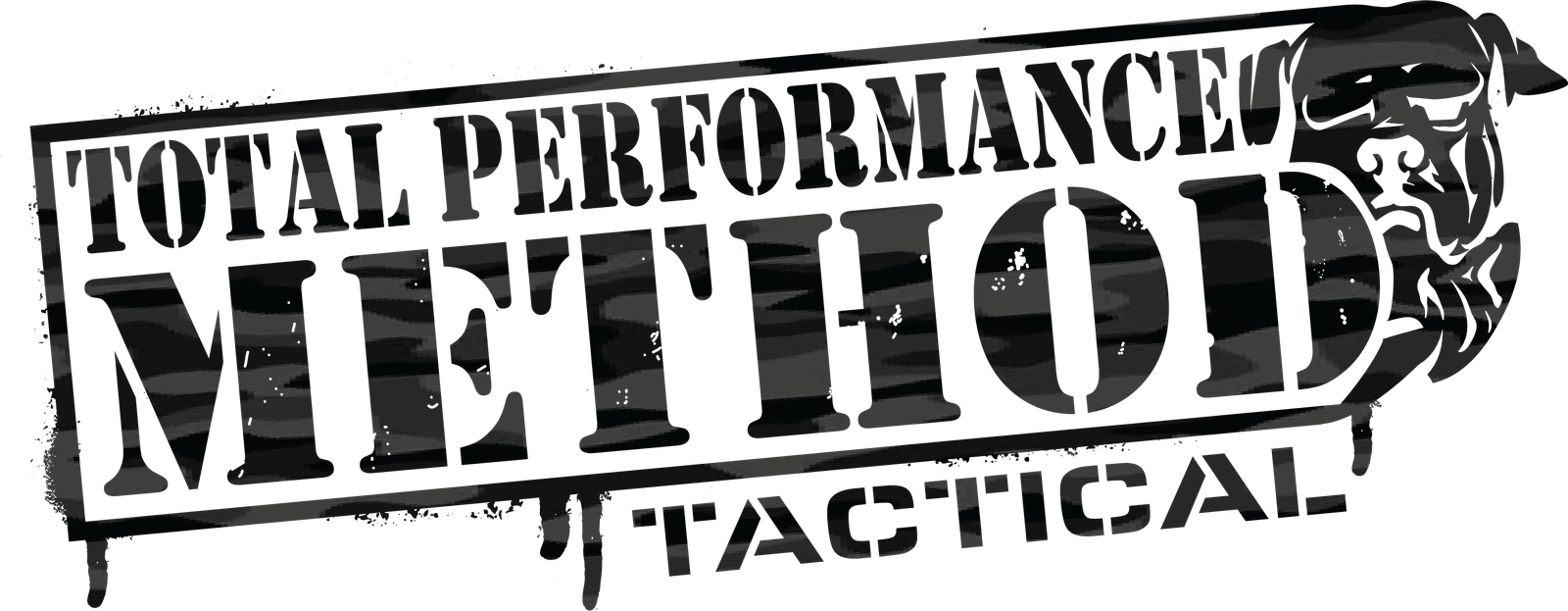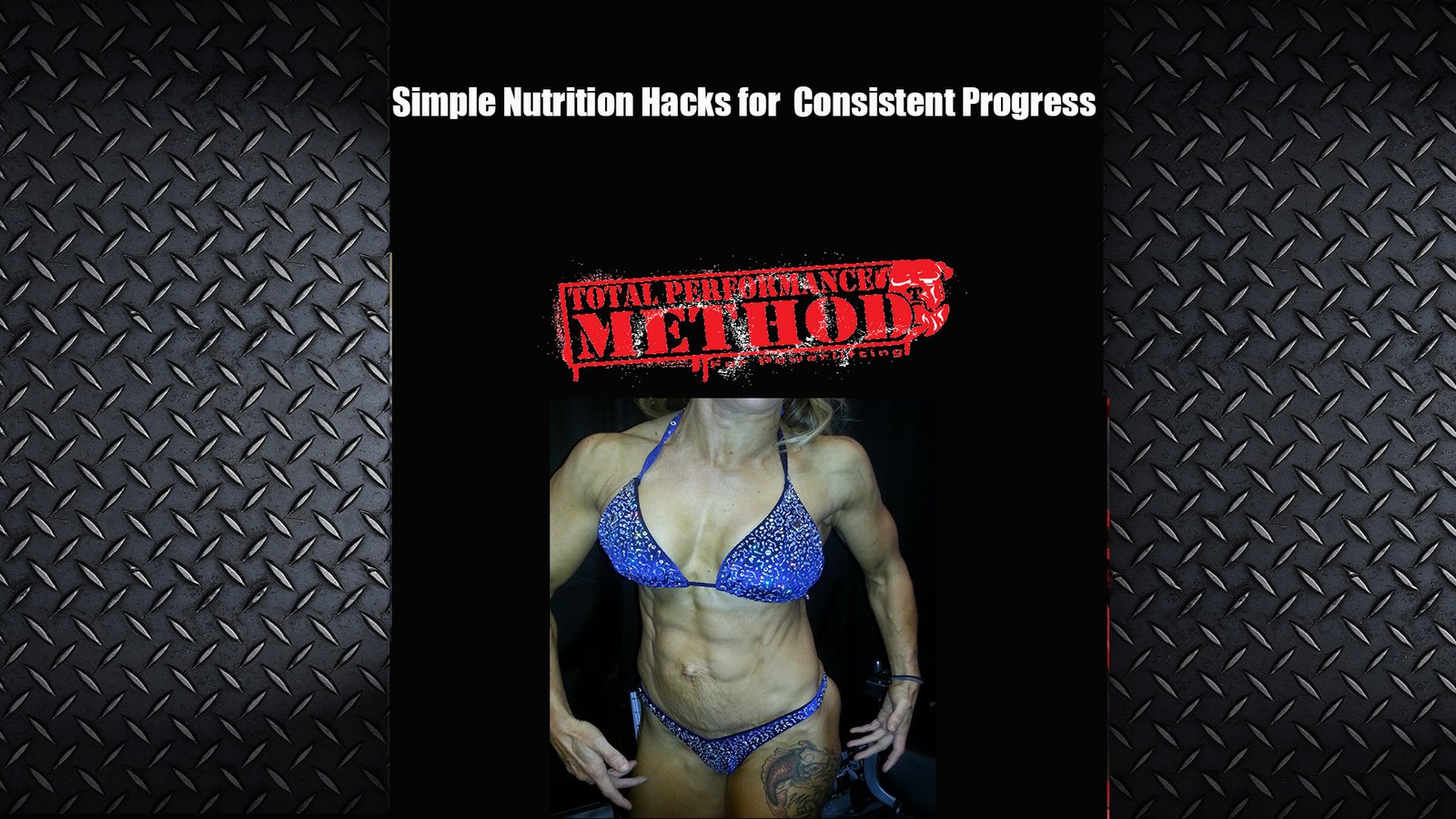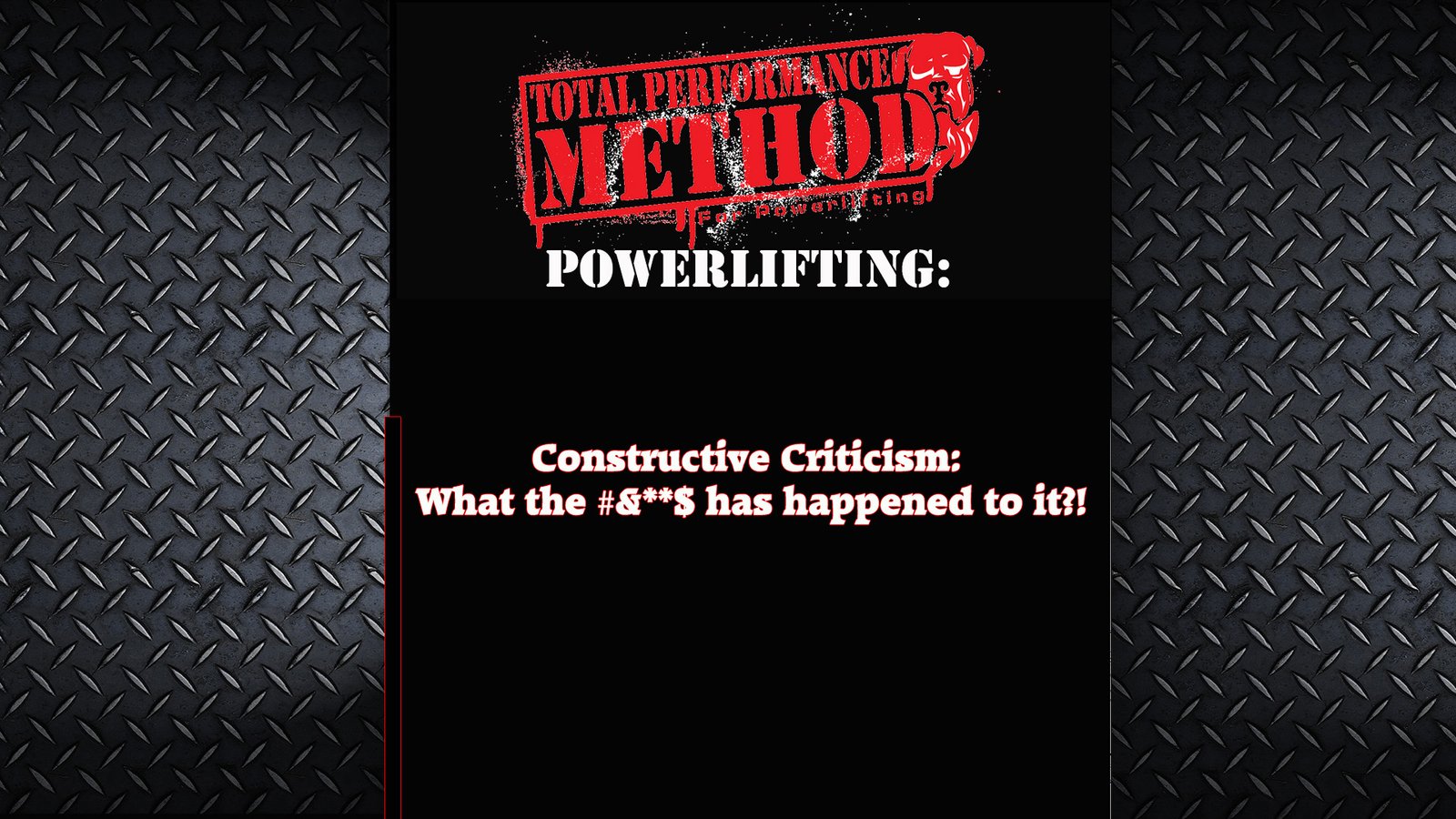A Grip Lift You Never Knew Existed – The Reeves Deadlift
Grip training is very important if you want to reach your total performance potential, whether you are a competitive athlete, rock climber, law enforcement officer, or other individual whose job, sport, or pastime requires strong hands.

An easy way to include Grip Training in your normal strength training routine, is to make your normal exercises more grip-specific. One way to make this happen is by doing the Reeves Deadlift.

The Reeves Deadlift is performed in a similar fashion to a Snatch-Grip Deadlift, only instead of gripping the barbell during the lift, the rim of the first plate is used.
Lifting the barbell in this manner increases the Grip Strength challenge level because you will no longer be able to wrap the fingers and thumb around the bar and instead you will have to hook the fingers around the rim of the plate and pinch the smooth side with your thumb.
The grip on the first plate feels much different from a normal deadlift, and you will come away from the lift with a sensation of more thoroughly worked fingers and more fatigue in the thumb and wrist.
This lift is called the Reeves Deadlift because it was named after Steve Reeves, the 1947 Mr America and star of the 1957 movie, Hercules. Reeves is pictured above performing the lift.
The lower arms and hands are not the only parts of the body that are worked differently with this lift. The load is also spread out differently across the posterior parts of the shoulder and the upper back. Because this version of the lift targets the upper and middle back so intensely, it has also been referred to as the Scapular Deadlift. In fact, there is even a chest-crush component to this lift, as you have to pull the plates inward while you lift. Bottom Line – there are a lot of benefits to including this lift in your training from time to time.

To Set-up: Load the bar as you would any normal deadlift, but make sure to place the first plate with the rim facing out on each side. After the first plates are loaded, then smaller plates should be loaded to allow for a good grip on the rim of the first plates. A couple of much smaller plates such as 10’s or 25’s can be used to create space between the first 45 and subsequent 45’s, or the plates can just simply be sized down gradually as in the picture of Reeves above.

An excellent variation of the Reeves Deadlift is the Reeves Shrug. This time, instead of performing repetitions in the Deadlift, once pulling the bar to lockout, perform long slow Shrugs. Really squeeze the shoulder blades together on this one with the middle traps and rhomboids. The longer concentrated repetitions will require you to hold the bar aloft longer, hitting the grip even harder.
One thing you will notice right away is that the ability to lift and hold heavier weights in the Reeves Deadlift and Reeves Shrug depend a great deal on the shape of the rims of the plates. If you use old-style York Deep Dish plates, like the ones shown in the Reeves picture, you will probably be able to do more weight and hold for a longer time. If the rim is stubbier, like the plates shown in my pictures, the Grip will be more challenging. Also, pain tolerance will be tested more fully if you use 100’s with really sharp edges on the rims. Mix up your training with bouts of Reeves Deads and Shrugs with a variety of kinds of plates thrown in the mix for the most well-rounded benefit.
For more tips on building a strong Grip, check out TheGripAuthority.com. This month, we will be checking out how to build some very effective home made grip equipment, as well as how to use it for the most benefit. This is just one of the new features for the month, in addition to all of the great stuff on Bending, Tearing, Pinching, and Crushing that I have been adding throughout the year at TheGripAuthority.com







Leave A Comment